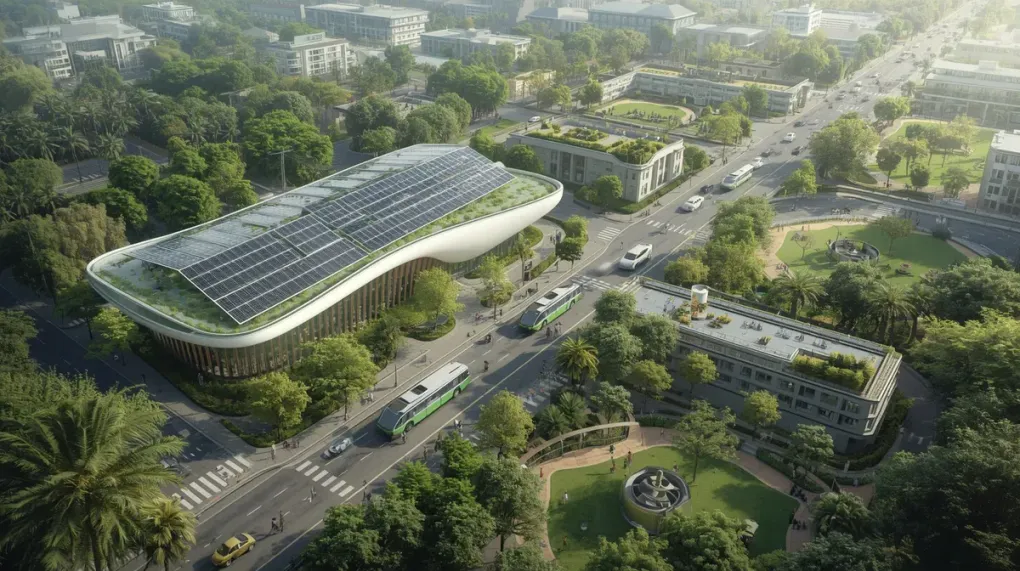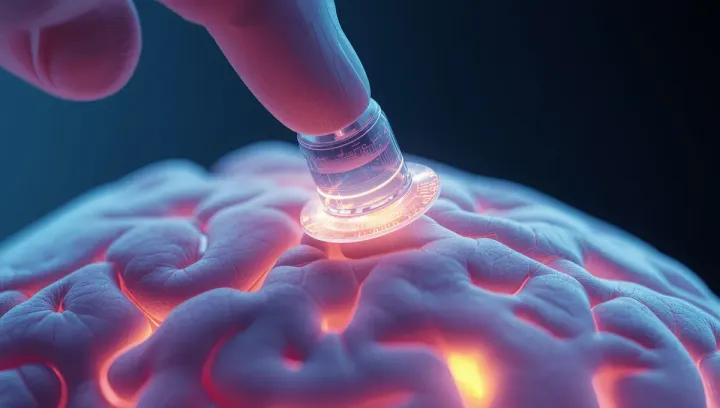
Green Cities of Tomorrow: How Tech is Building a Sustainable Future
The statistics are staggering: urban areas, which occupy just a tiny fraction of the Earth’s surface, are responsible for over 70% of global CO2 emissions and 75% of energy consumption. As our world continues to urbanize, the pressure on our cities to become more sustainable is immense. The good news is that technology is providing a powerful toolkit to build the green cities of the future. This isn’t about futuristic fantasies; it’s about practical, data-driven solutions being deployed today.
The Connected Ecosystem: IoT as the City’s Nervous System
One of the most significant drivers of urban sustainability is the Internet of Things (IoT). By embedding sensors throughout the urban environment, cities can gather real-time data on everything from traffic flow and air quality to energy usage and waste management. This data is the lifeblood of a smart, sustainable city.
Consider waste management. Instead of sending garbage trucks on fixed routes, smart bins equipped with sensors can signal when they are full. This allows for optimized collection routes, reducing fuel consumption and emissions. Similarly, connected streetlights can dim when no one is around, saving vast amounts of energy. In cities like Copenhagen, this is already a reality, where a network of smart sensors helps manage traffic, reduce pollution, and conserve energy.
Redefining Mobility: Electric and Integrated Transport
The rumble of internal combustion engines is slowly being replaced by the quiet hum of electric vehicles (EVs). Cities like Oslo are leading the charge, with ambitious goals to phase out fossil-fuel vehicles entirely. To support this transition, they are building out extensive public charging infrastructure, often powered by renewable energy.
But it’s not just about replacing cars; it’s about reducing our dependence on them. Sustainable cities are designing integrated public transport systems that are so efficient and convenient that driving becomes the less attractive option. Imagine a seamless journey where you can hop from a train to a bus to a bike-share, all planned and paid for through a single app. This is the vision for cities like Zurich and Singapore, which are leveraging real-time data to optimize routes, reduce wait times, and create a truly connected transit experience.
Buildings That Breathe: Green Architecture and Materials
The buildings where we live and work are massive consumers of energy. Sustainable architecture is tackling this head-on with innovative designs and materials. Green roofs, for example, do more than just look nice; they provide insulation, reduce the urban “heat island” effect, and can even be used for urban farming.
Startups and researchers are developing incredible new materials. Urban Machine, a climate tech company, uses AI and robotics to reclaim and reuse lumber from demolition sites, reducing waste and preserving old-growth forests. Other innovations include biosolar panels that combine green roofs with solar power generation, and building materials designed to absorb CO2. These technologies are turning our buildings from passive energy consumers into active participants in the urban ecosystem.
The Power of Data and Digital Twins
Underpinning all of these advancements is the power of data. By creating “digital twins”—virtual models of the city—planners can simulate the impact of new policies and infrastructure before they are built. They can test the effects of a new bike lane on traffic flow or model how a new green space will impact air quality.
This data-driven approach allows for smarter, more efficient urban planning. It helps cities identify the most effective interventions and allocate resources where they will have the greatest impact. It’s a shift from reactive problem-solving to proactive, predictive management.
The path to a sustainable urban future is a collaborative one. It requires not just innovative technology, but also community engagement and supportive government policies. As the World Economic Forum highlights, the vision of sustainable, resilient cities is within our reach. By harnessing the power of technology, we can transform our concrete jungles into thriving, green ecosystems for generations to come.


